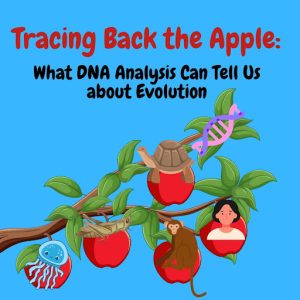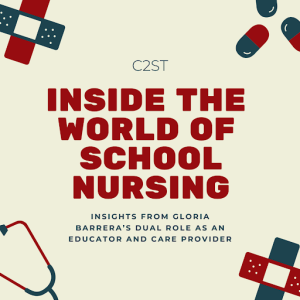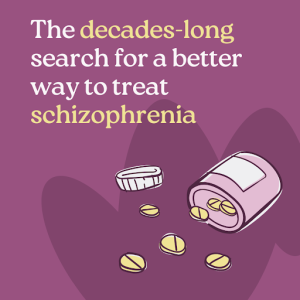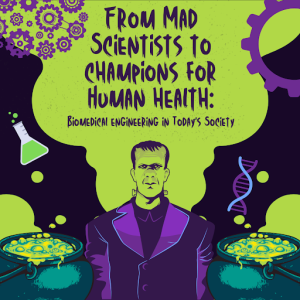Tracing Back the Apple: What DNA Analysis Can Tell Us about Evolution
By Zyara Morton, C2ST Intern, University of Illinois Urbana-Champaign
When thinking about ancestry, one can imagine a large apple tree. This tree has various branches, each with its own unique sets of smaller branches and red apples attached to the ends. Over time, these apples ripen and then fall. Eventually, the seeds from these apples are deposited into the soil—growing a whole new apple tree with its own unique set of branches, and shiny red apples. As you may have already guessed, the branches represent different categories: mammals, reptiles, insects—and the apples represent all living beings. Evolutionary scientists analyze these trees; investigating when certain branches came into, and others faded out of, existence. However, how are they able to trace back these ‘apples’? The answer to this is through the amazing practice of DNA analysis!

Continue reading “Tracing Back the Apple: What DNA Analysis Can Tell Us about Evolution”




